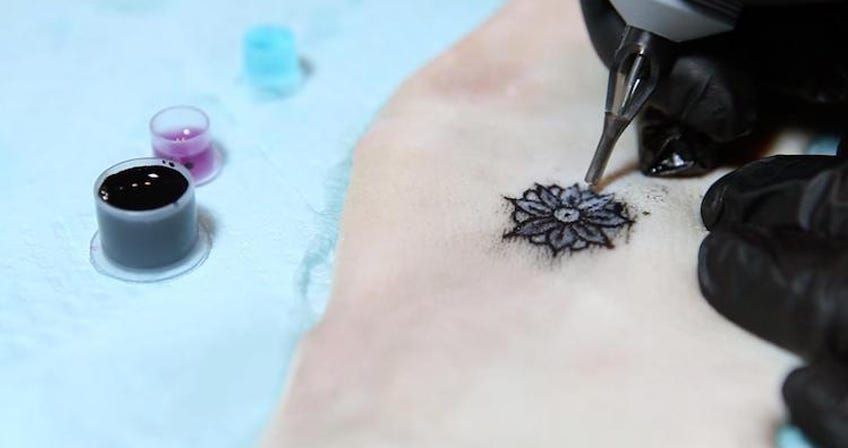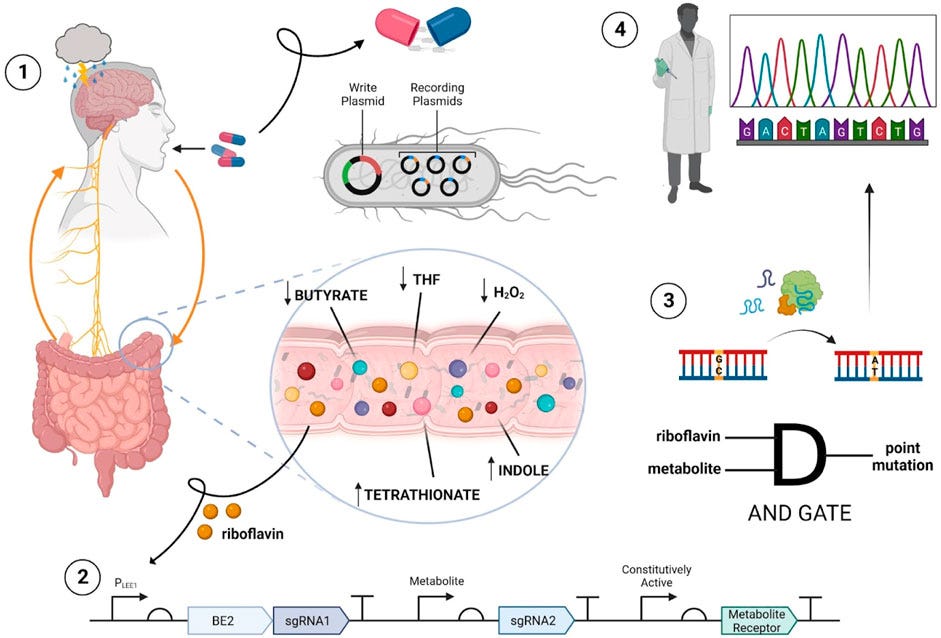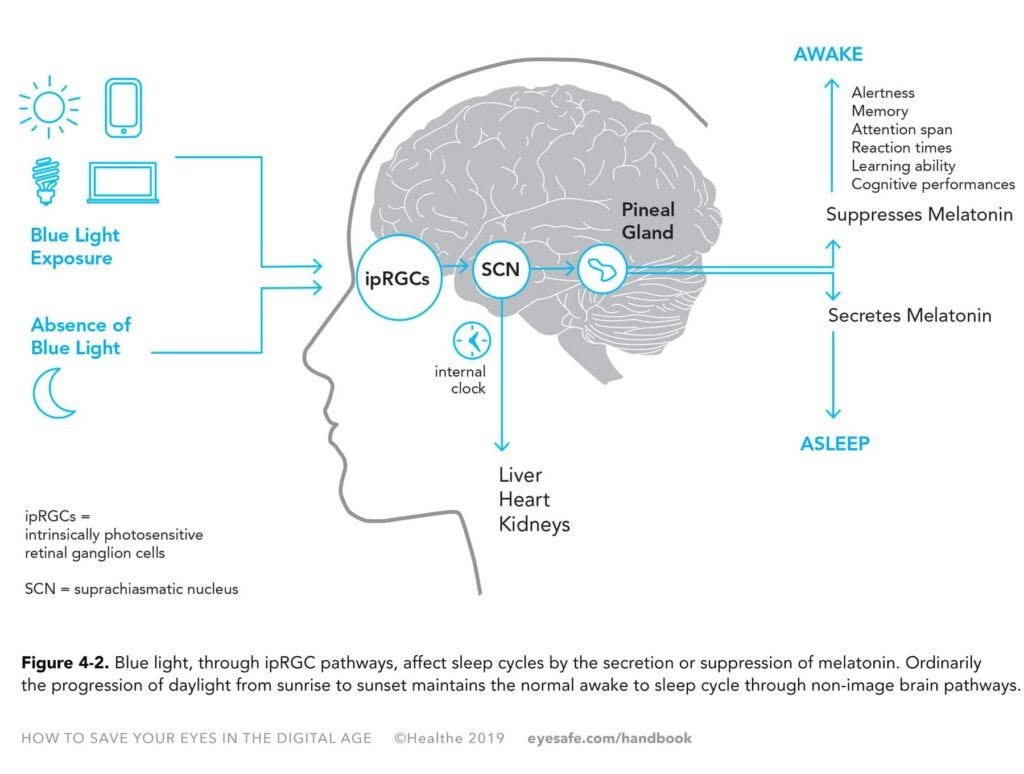Over the past few years the health & fitness industry has seen a dynamic transformation driven by tech advancements and evolving consumer preferences. As we look towards the future, several emerging business trends are set to redefine the landscape in the latter half of the 2020s and beyond. These trends not only cater to the diverse needs of health & fitness enthusiasts but also present lucrative opportunities for entrepreneurs & investors alike.
Biometrics Facilities
Athletes in nearly every sport & level have been able to improve performance over the past few decades. We now see athletes in professional sports having longer, healthier, & better performing careers as a result of enhanced sports medicine practice & biometric data collection software. One company leading the way in this area is the Peak Performance Project (P3) based out of Santa Barbara, CA.
The P3 facilities (additional facility opened in Atlanta in 2018) serve as premier training facilities for more than 60% of NBA players where they conduct advanced sports science assessments using a wide variety of data science software. The scientists & training staff at P3 collect data on how athletes move through 3D motion capture & force plate technology, which provides insights to athletes helping them to reduce the risk of injury & optimize their athletic performance.
So what does it take to run an operation like P3?
You’d need to focus on at least one of the many wide-ranging functions the staff at P3 provides:
Biomechanical Assessments
P3 uses high-speed 3D motion capture systems & force plate analysis to assess athletes’ movements helping identify mechanical inefficiencies, potential injury risks, and analyze power & explosiveness of athletes.
Personalized Performance Training
From the data collected in the biomechanical assessments, P3 creates customized strength, conditioning, and movement training programs tailored to the unique needs of each athlete. Once initial assessments are completed, P3 staff develops customized programs
Performance Testing & Data Analytics
What makes P3 so unique in its approach is the individualization of the athlete. By collecting a wide range of data on each athlete, from strength metrics to movement patterns, scientists & trainers at P3 collaborate to create a detailed performance profile. They then harness these datasets applying statistical models & machine learning to predict performance trends, injury risk, and the impact of training interventions.
While P3 focuses on a number of others like strength & conditioning programs, nutrition consultations, & team performance consulting, these three functions separate P3 from the more traditional training facilities in previous decades.
Though much of this market is now demanded by professional athletes, prices for these tools will reduce as tech improves & competition among businesses grow. Thus enabling college & even high school athletes to develop their own individualized protocols based on biometric data collection & analysis.
Wellness Resorts
A new era of resorts are upon us. We’re not just talking about a LifeTime or Equinox style gym. Although they’re regarded as the high end gyms of the US, the upper echelon of gyms is more comparable to something like the Houstonian, an exclusive health & fitness club based in Houston, TX & founded in 1980.
Rather than thinking of this as just another big gym or resort, it’s more closely aligned to a fitness-themed country club.
The Houstonian sits on a 27-acre property with a 185k sq. ft indoor facility recently undergoing more than $24 million worth of renovations. Some of the amenities include:
8 pickleball courts
9 tennis courts
3 outdoor pools
Indoor running track
Basketball court
Saunas & steam rooms
35+ personal trainers
Yoga, pilates, cycling, & boxing studios
Nutrition & weight management consultations
The membership cost?
An initiation fee of $25,000 with monthly fees more than $400.
Others similar to this theme around the US include:
Bay Club (multiple locations)
The Bay Club embodies a modern-day sports resort offering multiple pools, tennis courts, a golf course, a full-service spa, and multiple dining options.
Locations:
California – San Francisco, Santa Clara, San Jose, Los Angeles, San Diego, Redwood, Fremont
Washington – Seattle, Bellevue
Oregon – Portland
Membership Cost:
Single site membership = $150 initiation + $200 monthly
Executive club membership = $250 initiation + $260 monthly
Bay area membership = $2,500 initiation + $425 monthly
Canyon Ranch (Multiple locations)
Canyon Ranch is unique in that it’s regarded as the premier wellness resort in the country offering one of the most holistic and luxurious wellness experiences. This gym/resort hybrid provides fitness classes, personal training, spa services, and medical consultations. What most come here for is the immersive health experience: it’s a full-fledged wellness retreat full of alternative therapies like acupuncture, nutrition programs, and yoga. Canyon Ranch offers all-inclusive luxury experiences with gourmet health-conscious dining, luxury accommodations, and state-of-the-art wellness programs.
Locations:
Tucson, AZ
Woodside, CA
Las Vegas, NV
Lenox, MA
Austin, TX (expected in 2025)
Cost:
Day Pass = $350
All-Inclusive Packages = $950 - $2,150
Carillon Miami Wellness Resort
Founded in 1958, the Carillon Miami Wellness Resort has something for every wellness destination enthusiast: thermal therapy, spa features, salon & beauty amenities, specialty massages, and a state-of-the-art fitness center. All with a beach front view along the Miami shoreline. Located in a luxurious 70,000-square-foot spa and wellness space, it provides a transformative approach to the wellness resort model: personalized care, cutting-edge treatments, immersive experiences, and medically-focused therapies like few others around the US.
Location: Miami, FL
Cost:
One Bedroom = $239 - $988/night
Spa packages = $99 - $249/hr
Zenergy serves as the archetype for luxurious health clubs: state-of-the-art fitness equipment, group classes, tennis courts, a saltwater lap pool, and an expansive full-service spa. Add on top of that the serene atmosphere in the mountains of Idaho and you’ve got one of the most elite health hubs in the nation. As though that weren’t enough, Zenergy also offers wellness and medical services like acupuncture, physical therapy, nutritional counseling, and other advanced spa treatments. If you want to join Zenergy in the future, the process isn’t as simple as just signing up - you’ll have to add your name to the growing wait list.
Location: Sun Valley, ID
Membership Cost:
1-Month Pass: $1,200
Medispas & Peptide Clinics
The peptide revolution isn’t just a fabricated abstraction of health X/Twitter. Maybe you’ve used BPC-157 to heal a nagging injury or retatrutide to facilitate your fat loss journey, but these only scratch the surface of their potential.
Businesses like Anushka located in West Palm Beach combine the aspects of an all-in-one health & wellness destination offering:
Peptide therapy
Concierge & regenerative medicine
Hormone optimization
Cosmetic surgeries
Vitamin & IV therapy
Hair restoration
Others like Regenics based in Tarzana, California focus more specifically on health optimization including in-office procedures like food sensitivity testing, IV infusions, & body composition analysis, as well as online consultations prescribing advanced weight loss & anti-aging protocols.
A scenario we’ll likely see play out is the combination of these types of wellness services being offered at mega-gyms like Life Time & Equinox in the near future.
Biosensors & Tattoo Interfaces
In 2018, I attended a lecture given by a group of researchers from MIT & Harvard on a tattoo biosensor proof of concept. The objective of the Dermal Abyss project was to create a direct interface between the body's surface and its internal metabolic processes by replacing traditional tattoo inks with colorimetric and fluorescent biosensors.
Some of the sensors demoed included ones tracking pH, glucose, & sodium. The tattooed biosensors could continuously monitor and reflect changes through a displayed color scale.
Unfortunately, there were no plans to develop it as a product or pursue clinical trials 6 years ago. While the sensor was successfully tested in pig skin models, the developing team was limited by a number of aspects at the time including:
Biocompatibility → tattoos fading over time
Selectivity & sensitivity → detecting specific biomarkers while minimizing interference from other interstitial fluid compounds
Calibration → quantification & calibration of the sensors
Despite the termination of the Dermal Abyss project, this area of biotech has still advanced significantly and is expected to deliver more affordable options in years to come. I anticipate three primary types will dominate the biosensor market in the next decade.
Wearable electrochemical
Wearable electrochemical biosensors are poised to become increasingly sophisticated and capable of monitoring multiple biomarkers. Recent advances have demonstrated the integration of graphene electrodes functionalized with molecularly imprinted polymers (MIPs) and redox-active nanoparticles into flexible, wearable platforms.
A study published in August 2022 reported a wearable electrochemical biosensor (NutriTrek) capable of continuously monitoring multiple metabolites & nutrients like amino acids and vitamins in sweat during exercise and at rest. The biosensor uses graphene electrodes with microfluidics and wireless communication. It enables real-time monitoring of amino acids (leucine, isoleucine, & valine) intake and levels during exercise, as well as assessing metabolic syndrome risk by correlating amino acid levels in sweat & serum.
Implantable
Implantable biosensors are devices designed to be placed within the body and monitor specific biomarkers or physiological signals. One of the most well-established applications of implantable biosensors in existence is a continuous glucose monitor. Other less popular ones like intraocular pressure monitors enable early detection & better management of glaucoma.
One of the more exciting frontiers in the space is the prospect of neural implants & brain-computer interfaces. In recent years, we’ve had a number of advancements across the necessary fields to make it so: materials science, nanotechnology, microfabrication techniques, & our own human understanding of the brain’s neural coding.
Neural implants will carry with them a broad range of functions including:
Data collection of neural spikes, physiological & metabolic biomarkers
Sensory encoding
Local field potential measurement
Motor & movement control
Brain state & cognitive decoding
Ingestible
The final and least often used today is the ingestible biosensor designed to monitor gastrointestinal (GI) activities → pH, temperature, & microbiota composition are just a few examples of gut biomarkers.
One notable example is the ingestible biosensor developed by researchers at MIT, which utilizes genetically engineered bacteria to detect the presence of blood in the GI tract. The bacteria are encapsulated within a semipermeable membrane and emit light in response to the presence of heme groups from lysed red blood cells. This light signal is detected by an integrated electronic circuit and wirelessly transmitted to an external device.
Circadian Friendly Devices
There are few topics capturing more attention in the recent past across the health & fitness social media spaces than the potential damage of sustained circadian disruption. As renowned circadian biologist & researcher Satchin Panda writes in his book The Circadian Code: “we are all shift workers”. While the importance of circadian calibration becomes highlighted as an undeniable pillar of our health framework, more efforts are arising to address the modern world’s abundance of sleep-disrupting light at night.
In early 2024, Daylight released the DC-1, the world’s first paper-like, blue-light free computer and what the company declares the “new kind of computer, designed for deep focus and wellbeing.” The computer leverages its very own SOL:OS, a customized Android 13 operating system, providing the user with a simplified digital experience. Relative to a typical iPad, some of the benefits include easier readability in the sunlight, a flicker-free backlight, & color adaptation to time of day → evening amber tone.
While Daylight is focused on making our reliance on technology more compatible with circadian biology, companies like TUO are optimizing the human experience with artificial lights themselves. Their line of circadian smart products offers smart LED light bulbs and an accompanying app allowing users to customize light settings based on their age and chronotype. This personalization helps align the user's circadian rhythm more closely with their daily schedule.
You can find out more about the product here.
Microplastic-Free Products
It seems every several weeks this past year there’s been a new damaging study released on the presence of microplastics in the human body. Heart. Lungs. Bone marrow. Even the testes of males. The three primary industries I foresee substantial opportunity for growth are the ones most likely to be held accountable for the continued exposure to consumers. Those include the clothing, food, & personal care product industries.
Companies like Ryker have filled one of these voids creating a polyester-free activewear clothing line shying away from plastic materials and instead opting for merino wool and other natural fibers.
Over 90% of table salt brands contain some form of microplastics. In 2018, a study showed that 36 out of 39 brands tested consisted of plastic debris. Vera Salt takes these claims to heart and is seeking to disrupt this market with its microplastic-free spring salt.
From shampoos to lotions to face washes, personal care products have been exposed recently for their incorporation of nano & microplastic components. Companies like SEVO have taken a hard stance against using any sort of synthetic derivatives, silicones, or preservatives in their products. In addition to businesses rising up in the fight against plastics, apps like Beat the Microbead seek to identify optimal plastic-free products by allowing consumers to simply scan & search products based on their plastic composition.
Fast-Casual Health Food
Over the past decade, we’ve seen an explosion in healthy “fast-casual” style restaurants like CAVA, Sweetgreen, & True Food. Now, the pleas are growing louder to go one step further for healthier convenience options. As it’s becoming more mainstream to avoid what many believe to be the toxic sludge of modernity: hydrogenated vegetable oils, or what they’re colloquially referred to as seed oils. These pleas will likely be answered more seriously in the coming years that ideally combine additional aspects of niche health culture: microplastic-free, organic ingredients, bone broth, raw milk & grass-fed beef.
Springbone Kitchen with multiple locations in New York City is one example of what this model can look like. On Springbone’s own home page, they articulate their mission concisely: “We believe in the power of real food. That means minimal grain and sugar, more vegetables and better meat. No processed foods, refined sugar or seed oils, ever.”
Apps like Seed Oil Scout have even popularized the concept of supporting health-conscious consumers to identify restaurants avoiding the use of any high omega-6 oils. The app provides a crowdsourced platform where users share and access information about the types of oils used in different locations. Through user reviews, reports, & a searchable database, the Seed Oil Scout app contributes to the niche but growing anti-seed oil movement.
That’s all we got for this week. If there were ones I missed, let me know in the comments below & I’ll dive into them in a future post.
If you liked this post and want to see more like it, hit the subscribe button below for a whole lot of new content soon to be released that’s going to take you to your healthiest self.
Until next time,
Your fren BTP




























